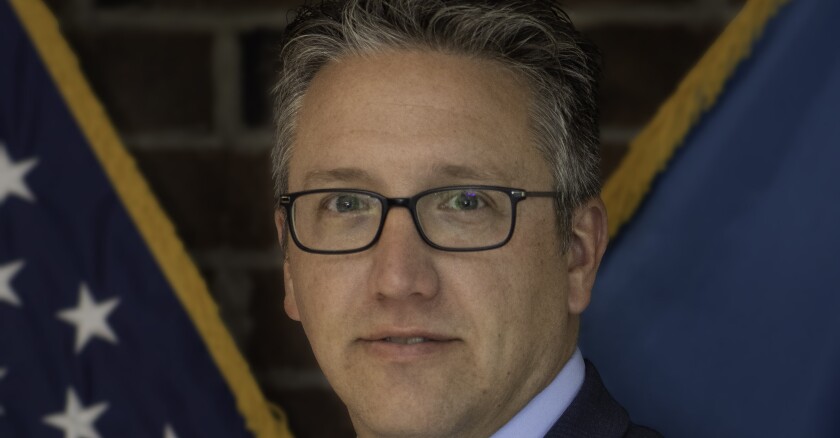1. How has the pandemic impacted how Delaware state employees do their jobs?
We have a little more than 300 employees in the Department of Technology and Information that are actively engaged in core services across the state. There are some job functions that just can’t be performed remotely. Since the pandemic started, we have about 25 to 40 employees in on a given day, whether that’s on administrative tasks or our network operations center, our output management services, or our networking team, keeping everything that everybody’s connecting to going. In addition, our desktop support teams maintain the machines and devices that everyone is using. However, the majority of our workforce, the other 250 plus, have been working from home since the pandemic started, and about 80 percent of them already had the functionality to do that.
2. What’s the ideal scenario for the state’s workforce in the future?
I think it’s a combination of both [remote and on-premise]. There are a number of IT-related tasks that are independent and individualized. Many developers trade one screen for another when they go home and so they have really nice home work environments. But we are not going to be able to replicate that everywhere and so we need space for that to happen. I think we’ll also find ourselves creating hotel space, where we bring a few people in at a time to get through a new initiative, make sure that we’re bouncing things off of one another in a way that can only occur when we’re together, but then from there, you go back home and take care of the job.
3. What’s the status of Delaware’s long-running centralization project?
We’re in a bit of a holding pattern. The non-centralized agencies that we have left are some of the ones most impacted, from a service standpoint, by the pandemic. For example, our Department of Health and Social Services, our child and youth services, and others have a very direct, public-facing, seven-days-a-week role in the response to the pandemic. As a result, we’ve put that on pause.
In addition, we need to work through our shared services cost model. We’ve had a traditional, cap-ex state budgetary process and we needed to take a moment to understand how things would change as we move forward to normalize some of the spend in IT, and to show how we could cut across some of those things by addressing the commodity services in a standardized fashion.
4. What does recent momentum behind broadband mean for plans in Delaware?
Gov. Carney has been a huge supporter of closing the broadband gap in Delaware. We have invested in fiber up and down our state to connect state services, and we’ve seen that fiber grow with co-ops and private partnerships that extend it across our state and put it in range of other services. Access to CARES Act money allowed us to pursue wired connections, but also MiFi devices to well over 25,000 students who otherwise would not have access. We partnered with the schools, which made sure that students had a device to connect.
We also leveraged some CARES Act money to put together a strategic plan. The next step is to map out Delaware and understand what services are available where, what partnerships we need to create and what federal government programs we may be able to leverage to do something that’s a little more permanent than wireless. We just have to figure out which pockets of money to take advantage of to close the gap.
We have more of a sponsorship role, evaluating the technologies that are available. We are responsible for the contracts that actually bring the Internet in for state services. So we’re leveraging our relationships and our insight around the technology to develop a plan and figure out how to leverage the funds and ultimately gain the governor’s support again in applying more dollars to finish this out.









